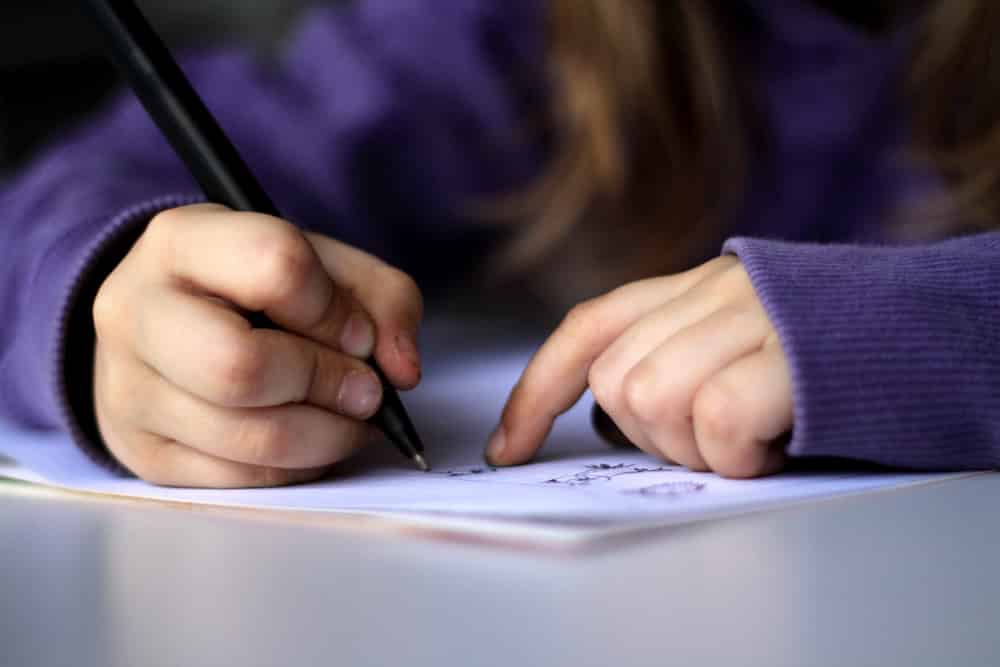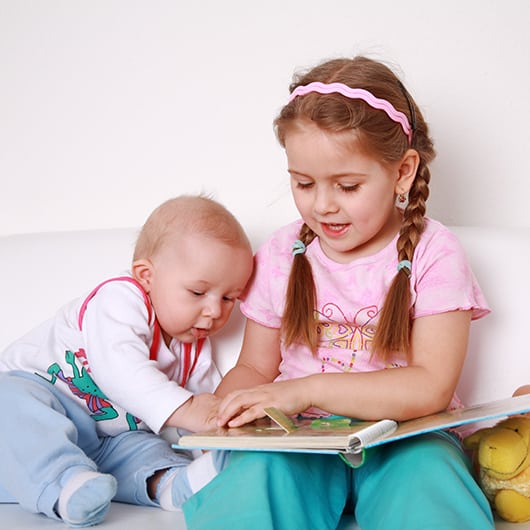What's next?
Interested?
Leave your details here.
GUIDE TO BETTER HANDWRITING

One important component in improving one’s handwriting is identifying the right and comfortable way to hold the pencil. Most children develop their “natural” pencil holding skills based on their level of comfort. In some cases, children face difficulty in writing as they find themselves unable to write faster and suffer from sore wrists from writing. Good handwriting relies heavily on proper pencil holding skills and this should be taught as early as possible. The way one grips the pencil, position the pencil and the paper will eventually become a habit. This is why we as parents should encourage our children to learn the right techniques to avoid having to change this habit in a later stage.
Below are some general guidelines to help your children get started:
- Ensure that the pencil is held in a stable position between the thumb, index and middle fingers.
- Your child’s ring and little finger should be bent and rest comfortably on the table.
- The index finger and thumb are curved to form an open space for the pencil.
- The wrist is bent back slightly, with his or her forearm resting on the table.
- The grip should be approximately 1-2 cm away from the tip of the pencil.
Now that you’ve helped your child position his or her hand grip of the pencil, below are some steps for better posture and paper position:
- Ensure that the table and chair selected is suitable for child’s height.
- When seated, ensure his or her back is against the back of the chair for proper posture.
- Place both feet flat on the floor for better balance.
- Allow your child’s forearms to rest comfortably on the table.
- The paper position should be angled similar to the angle of the writing hand, with the free-hand steadying the paper. This will help your child see what he or she is writing and have better grip of the paper.
The initial stages of learning how to write may be challenging for the child, as they may feel tired easily. Short but consistent practices each day will help your child be familiar with pencil gripping and eventually develop steady handwriting.
Additionally, we as parents can provide feedback and words of encouragement along the way, to ensure that they try their best and pay attention to their finger positions.
Handwriting, pencil gripping skills can also be cultivated through various activities that are fun and engaging. Below are some activities that you can consider doing with your child in their free time:
- Teach them the Itsy Bitsy Spider song along with hand gestures.
- Encourage them to do up the buttons on their pyjamas and shirts.
- Collect small beads with a tweezer.
- Form various shapes and items with playdough or clay – this teaches children how to roll, squeeze and mould with their hands.
- Make a collage piece by tearing up coloured papers.
- Building with Lego blocks.
- Water plants with a spray bottle or shoot a target with a water pistol.
- Form a sticker book where your child can peel and stick stickers on as part of their collection.
- Practice writing in a vertical position such as standing and writing on a whiteboard.
Sources: Developing a pencil grip, Occupational Therapy – Kids health information, Department of Occupational Therapy, Royal Chidren’s Hospital, Melbourne

